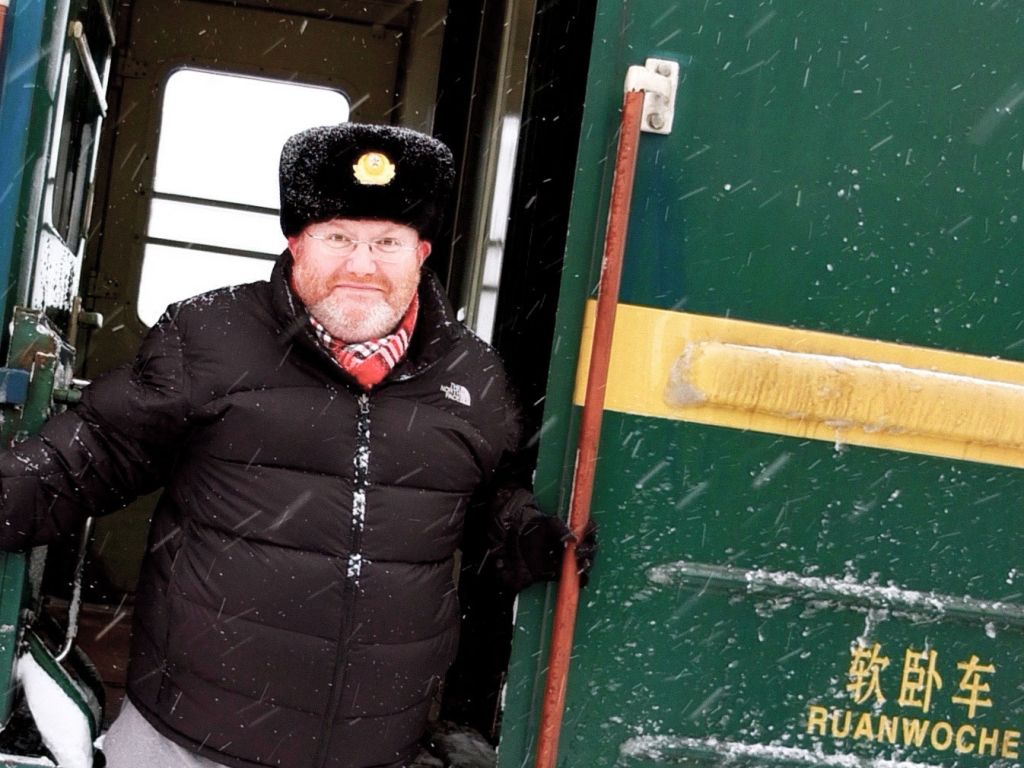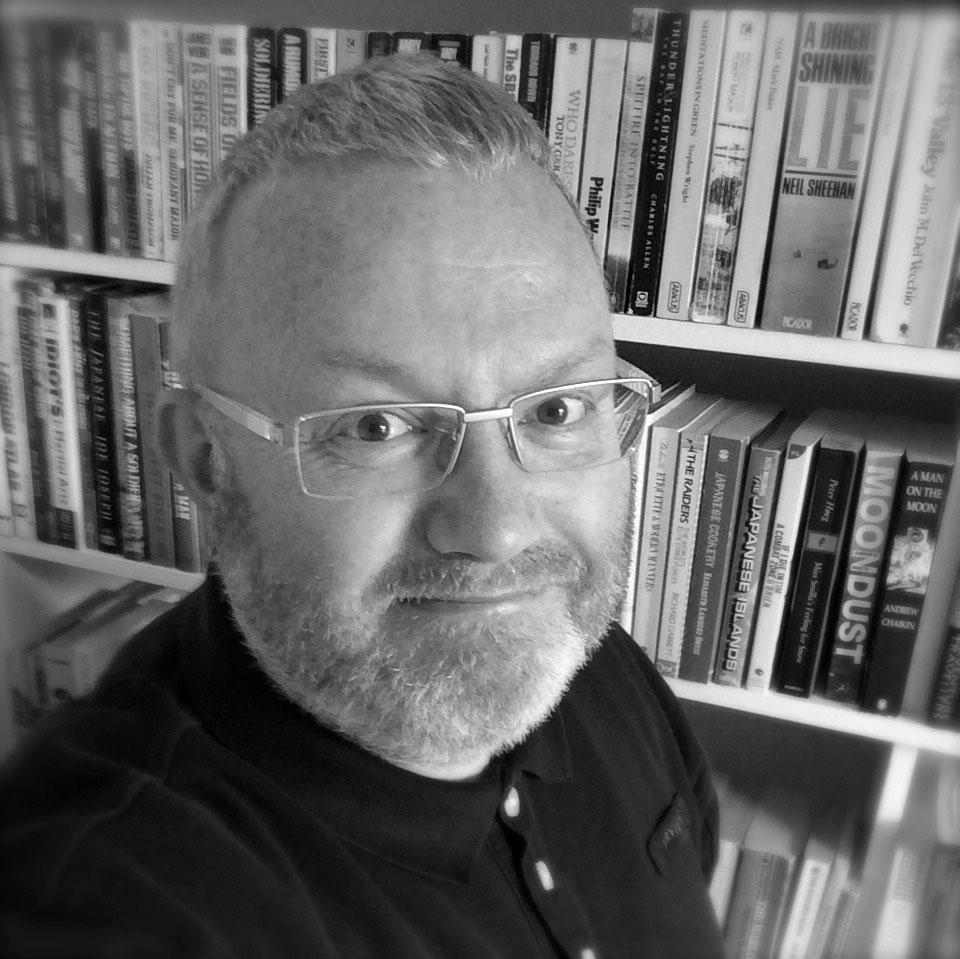

Following the launch of his latest book which became a best-seller within days of its release, author and solo rail adventurer Matthew Woodward talks more about the journey, his personal quest and why he never gets lonely travelling alone.
Luxurious Magazine: Why did you choose Tibet as your destination?
Matthew Woodward: After much studying of my vintage 1956 National Geographic map, I realised that I could fuse together two journeys that I wanted to make – the Trans Manchurian and the Qinghai-Tibet railways – broadly speaking, the longest and highest in the world.
Tibet is such a fabled place, and my desire to visit became almost unstoppable after reading Heinrich Harrier’s book Seven Years in Tibet. Oh, and some classic Tintin too!
The Lhasa train has only been running since 2006. It is a staggering piece of civil engineering – 675 bridges, 550 km of track on permafrost, the highest tunnel in the world (over 1km long) and the highest railway station in the world at Tanggula, where the pass reaches 5072 m.
Having completed both the Trans-Siberian and Trans-Mongolian routes before, this was also a new way to cross Siberia and enter China directly from the north.


LM: How long did the journey take?
Matthew Woodward: It took around 30 days to reach Hong Kong. It could have been done more quickly or much more slowly, of course.
As well as Lhasa, I spent some time in Warsaw, Berlin, Moscow and Beijing along the way.
LM: Did you encounter any major problems?
Matthew Woodward: Well, I didn’t get arrested or deported from anywhere, but you will have to read the book to find out!
I will confess now that, much to my embarrassment, I did manage to lose my train in Poland.
Altitude sickness was a problem, and I was a little weak and feeble up there in the thin air.
And then there was the border where I became stuck in ‘no man’s land’ as my passport was declared as fake. I’m saying no more here.
LM: Was there much culture shock?
Matthew Woodward: Not surprisingly, visiting the temples and monasteries on the Tibetan Plateau was like time travel, places where little seemed to have changed since the 16th century. But I also saw both sides of modern-day China.
The ultra-modern consumerist society in the big cities and the relatively poor workers and farmers from the provinces living a very different life.
The train system is similar; modern high-speed trains sit next to much older slow trains. My shock was perhaps how things that were totally unacceptable on some were very normal on others; some things that I wish I could ‘unsee’.
LM: What was the most memorable part of the journey?
Matthew Woodward: Anyone who travels off the beaten track knows that the best part of such a journey is often more about the people you meet rather than the places you see. Nowhere is this truer than on the rails.
Train travel allows people with no prior connection to co-inhabit a tiny sleeper compartment, to share a seat in a bar or a table in a restaurant carriage—time to talk, to understand alternative cultures in the ever-changing environment.
There is also something about rail travel that attracts interesting people, and also brings out the weird and wonderful characters. Perhaps it’s the close proximity, the unfamiliar environment and the availability of weapons-grade vodka.
I’m always happy in Siberia, but on this journey, both Lhasa and Hong Kong were very special to me, for very different reasons.
LM: Did you meet some interesting people along the way?
Matthew Woodward: You bet. I will never forget the staff on the Vostok, especially Sergei and Valerie. In Tibet, my local guide was called Tenzing, and he was an incredible chap. Characters emerge all the time on the rails, chance meetings in corridors or in the dining carriage.
On the streets of Beijing, I met a man whom I named The Scorpion King, and at the border with Russia and China, I met a couple of Swiss men whom I named Batman and Spiderman, owing to their ‘special powers’.
LM: Why don’t your books have pictures in them?
Matthew Woodward: The reasons are partly technical and partly personal. I want my pictures to look good, and I don’t much like images printed in black and white on normal paper.
I also like to think that most readers will have their own sense of the people by the way I write about them. But of course, my books are a real-life travelogue, and for those that prefer, I can share pictures in full technicolour on this blog.
I hope to find time to write a separate blog post to introduce some of them to you.
LM: Would you do it again?
Matthew Woodward: I would love to spend more time in Tibet, but I’m looking for some new and very different experiences at the moment, particularly in other parts of Central Asia, North Africa and the USA.
LM: Do you speak any Chinese or Tibetan?
Matthew Woodward: Almost none. I got by using a book of pictures of things that I could point at and with a few apps on my phone. Translation apps have become a bit of a game-changer recently and allow simple communication.
I sometimes take pictures of things like food dishes and show them to order them or ask diners to show me which dish is on the menu. If all else fails, I will try a mime, but it can go badly wrong, like the time I asked a Russian chef for eggs for my breakfast on the train from Warsaw to Moscow.
LM: Is it hard to get a visa for Tibet?
Matthew Woodward: Yes and no. You don’t need a visa for Tibet, but you do for China. You need a permit to travel to and around Tibet, which is only available if you have a Chinese visa.
Permits are not always available on certain dates and times of the year, but these are not published so that it can be a bit of a waiting game. That’s where a good travel agent becomes indispensable.
LM: What is the food like on the train?
Matthew Woodward: Mostly pretty good if you don’t mind simple cooked dishes. You need to bring some rations for times when there is no restaurant carriage.
Platform food can also be fun if you are prepared to take a gamble. I enjoyed amazing caviar in Siberia, fry-ups for breakfast, and fiery noodles in China, all on the rails.
LM: Don’t you get lonely travelling solo?
Matthew Woodward: Never. I think the lone traveller has the advantage of being able to talk to anyone and everyone.
Whilst I have moments when I really enjoy the solitude of being alone in a new landscape of an alien place, I love talking to strangers and have met some amazing people on my adventures – and this trip was very much in that vein.
LM: Where to next?
Matthew Woodward: I’m beginning to get superstitious and not reveal my new plans until the trips are complete, but I will be going on a mini-adventure to the Sahara soon, and then the next big trip from which I hope a book will be written.
My desk is piled high with books researching the journey at the moment, which is always an exciting time.
For more information on Matthew Woodward, the best-selling author of The Railway to Heaven, visit his official website at www.matthew-woodward.com.
